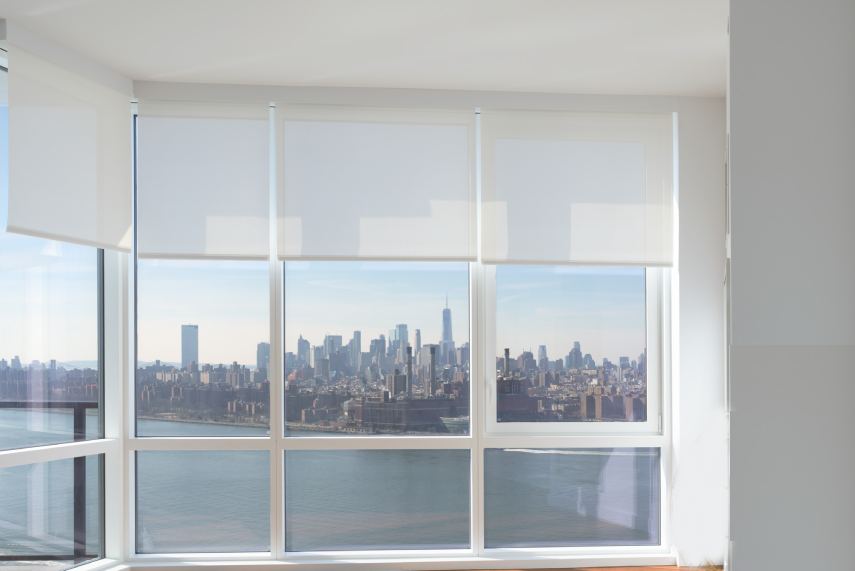With regards to styling your windows, choosing the right window treatment can be a challenge. It’s easier to choose the most straightforward and secure picks. Be that as it may, taking into account exactly how much window treatments can establish the vibe of the room, straightforward and safe can end up looking tired after a while.
To prevent you from choosing fundamental, boring shades and to help provide you with professional advice, we spoke to specialists in the field to figure out which window treatment choices work best, and how to push the envelope of window style.
What choices should you pick?
Wraps, drapes, blinds, and Roman shades! There are such countless words to describe window treatments that we frequently use them interchangeably. Every style actually has differences, even if they are slight — and knowing the distinction between every choice can assist you with pursuing the most ideal choice for your space.
Take window hangings and drapes, for instance, which are two pieces of texture that move across the width of your window. However, draperies are basically the same as window hangings, they're normally sold two by two and are not lined all the time. Roman shades on the other hand, are window treatments that are put at the highest point of the window and hang down.
How much light do you really want inside your home
If we all had the chance to design and position the windows in our living space, it is certain that each window would be impeccably positioned to respect the view and let in an optimal measure of light. Yet, since a lot of us are not in this fortunate position, specialists say that working to improve and decorate what you already have is the next best thing. Before choosing window treatments, you must first determine how much light your windows let in.
Consider the window size and shape
The most well-known window shapes are curved, roundabout, rectangular, and cove. Note that the last option is commonly made of three rectangular windows and can be precarious to furnish. Thinking beyond the window's shape, consider the way in which it opens, as that can impact the kind of treatment you should choose.
Twofold and single-hung windows: The most conventional style, they slide upward from the base up.
Sliding windows: As the name infers, they slide from one side to another and are for the most part utilized for patio entryways.
Casement windows: These are connected to an edge and relied on one side, opening like an entryway.
Shade windows: Pivoted at the top, they open from the base out.
You can also receive expert advice from the professionals working in the Best Window Treatment Store near you.

